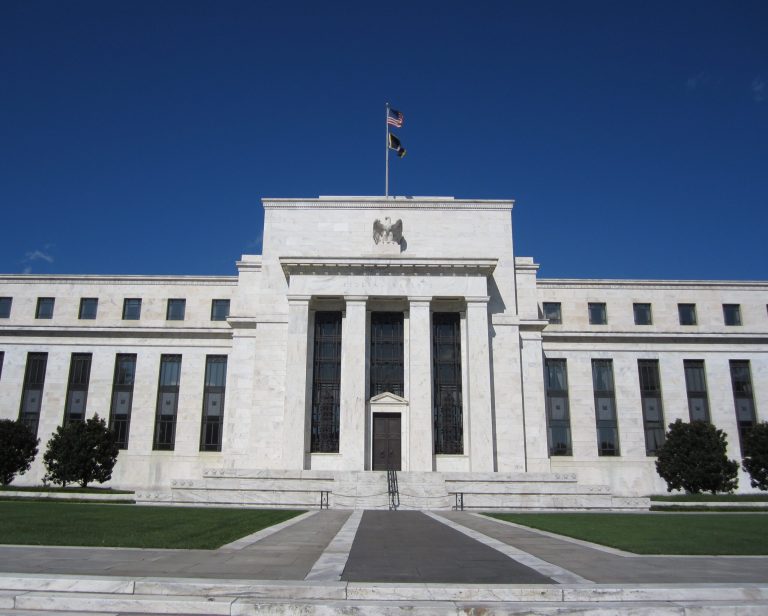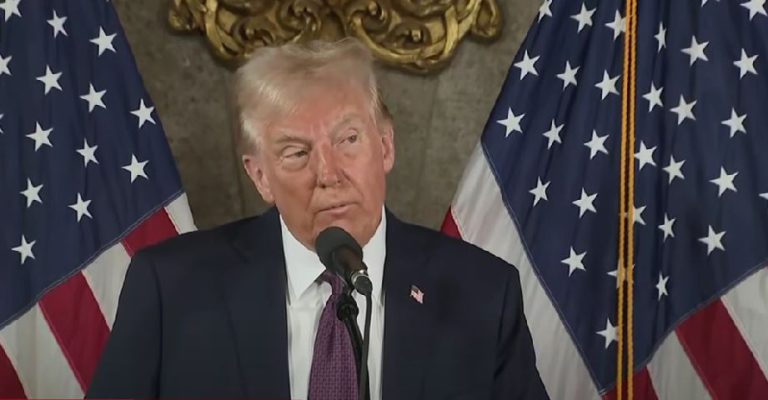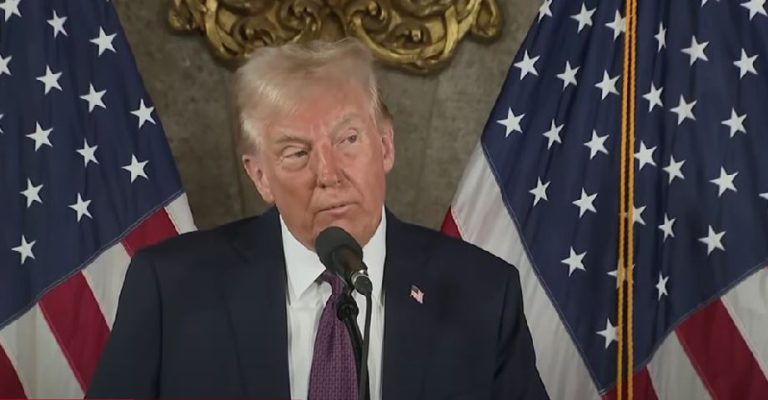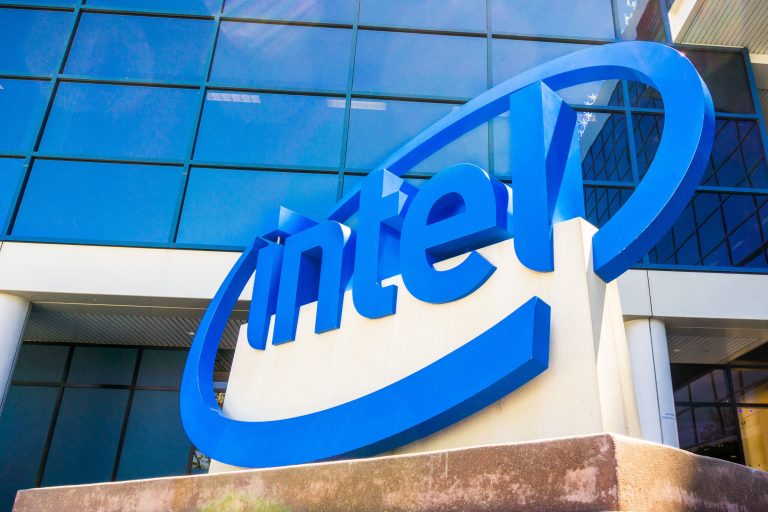A slim majority of economists surveyed by Reuters believe the US Federal Reserve will hold its key interest rates steady during its January 28-29 meeting and likely resume cuts in March.
The decision will be influenced by the administration of President-elect Donald Trump, whose policy actions are expected to shape the economic outlook in the coming months.
The poll, conducted just before Trump’s inauguration, suggests that any substantial rate cuts may be limited due to lingering inflation pressures and uncertainties surrounding the incoming president’s economic policies.
Fed faces challenges amid rising inflation and new policies
While the Federal Reserve is expected to maintain its current policy stance for now, the prospect of an economic stimulus package from Trump’s administration has fuelled concerns about rising inflation.
“If they deliver anything close to what they promised on the tariff front, then we are going to probably see a stalling of disinflationary pressures, where the Fed is not going to be cutting,” said Jonathan Millar, senior US economist at Barclays.
“At least at a minimum, not as rapidly as they did in the last fall, but also the possibility they could be on hold for quite a while.”
Millar suggests that the Fed may not be able to cut rates as quickly as it did in the past, and there’s a possibility it could keep rates on hold for an extended period if inflation increases as expected.
This shift in the Fed’s policy approach would largely depend on how aggressively Trump pursues his economic pledges.
Mixed outlook for the US economy and Fed rate path
Since the Fed’s last rate cut in December, the US economy has shown signs of strength, with inflation cooling and a robust job market that saw impressive gains in December.
This has led some economists to suggest that further economic stimulus may not be necessary, especially considering that the economy is already performing well.
According to the poll, 103 economists participated, all predicting that the Federal Open Market Committee (FOMC) will keep interest rates at 4.25%-4.50% during the January meeting.
A significant majority, about 60%, expect the Fed to begin cutting rates in March.
However, economists have become more cautious about the future path of interest rate cuts, with fewer expecting significant cuts this year compared to previous projections.
Trump’s policies and inflation
One of the key concerns for economists is how Trump’s policies—especially the introduction of tariffs, immigration restrictions, and new fiscal measures—will affect inflation.
The survey indicates that inflation is likely to remain above the Fed’s 2% target at least until 2027, as the US economy adjusts to the changes brought on by the new administration.
“We expect the FOMC to be confronted with a pickup in inflation associated with the new administration’s tariff, immigration and fiscal policies,” said James Egelhof, chief US economist at BNP Paribas.
“Coming right on the heels of the high inflation of the post-pandemic recovery, we see (an) elevated risk that above-2% inflation becomes entrenched in the economy, leaving the FOMC pursuing a more cautious path to manage this risk.”
Slower growth in the US economy?
Despite the anticipated inflationary pressures, the US economy is projected to continue expanding in 2025.
The survey predicts a 2.2% growth rate for 2025 and 2.0% growth in 2026, which is faster than the Fed’s current non-inflationary growth rate of 1.8%.
This stronger-than-expected growth is likely to add to inflationary pressures, further complicating the Fed’s policy decisions.
Despite these concerns, most economists agree that a rate hike this year is unlikely.
However, a strong economy and continued inflationary pressures could bring rate hikes back into consideration, but this is expected to be more of an issue in 2026, as policymakers adopt a wait-and-see approach in 2025.
The post Fed may pause rate cuts in January amid inflation concerns tied to Trump’s policies: Reuters poll appeared first on Invezz










